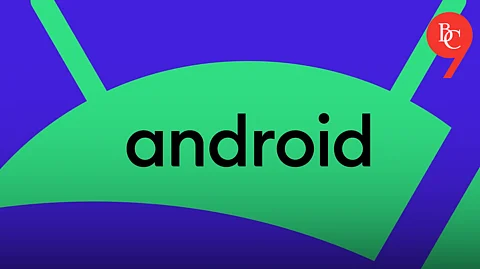

Earthquakes strike without warning, but in 2025, your Android phone can provide precious seconds to seek safety thanks to Google’s Earthquake Alerts system. Available in over 98 countries, this feature uses the sensors in billions of Android devices to detect seismic activity and send real-time alerts sometimes up to a minute before shaking begins. Here’s everything you need to know about enabling these alerts and why they matter more than ever.
Every Android phone contains tiny accelerometers. Normally, they rotate your screen, but during an earthquake, they can detect initial shockwaves (P-waves). If your phone senses shaking, it sends anonymized data with your rough location to Google’s detection servers. When enough phones in the same area report similar motion, Google analyzes the event and, if confirmed, sends out two types of alerts:
Be Aware Alert: For light to moderate shaking (magnitude 4.5+), lets you know an earthquake is nearby.
Take Action Alert: For strong shaking (magnitude 4.5+ with moderate and above intensity), will bypass “Do Not Disturb” and play a loud sound, prompting immediate action.
These few seconds of warning allow you to move away from dangerous objects, get to safety, and alert others potentially reducing injury and saving lives.
Most Android phones, especially those running Android 5.0 and above, have the earthquake alert feature built-in and enabled by default. To check or activate it:
Open the Settings App: Locate and tap on “Settings” from your app drawer or home screen.
Navigate to Safety & Emergency: Scroll down and select “Safety & Emergency.” If this option is missing, go to “Location” and then tap “Advanced.”
Find Earthquake Alerts: Under these menus, look for “Earthquake Alerts.”
Turn On the Feature: Tap the toggle to enable “Earthquake Alerts.” If it’s already on, you’re all set.
Android 5.0 or higher
Wi-Fi or mobile data enabled
Location services switched on
If you don’t see this option, your region may not be supported or your phone’s software may need updating. In such cases, consider downloading a reputable third-party earthquake alert app from the Play Store.
Real-world examples, including the Turkey-Syria earthquake in 2023, have shown that these alerts gave people critical seconds to prepare before the most severe shaking began. By mid-2025, the system issued over 790 million alerts, expanding coverage from 250 million to 2.5 billion people in just a few years.
Studies show the system’s effectiveness rivals traditional, expensive seismic networks. In 85% of cases, users receiving alerts did experience shaking, with over a third getting notified before it started.
